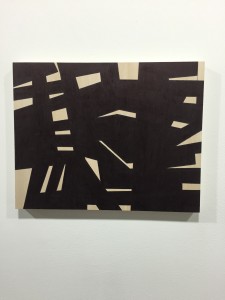On April 9 Judson Memorial Church was the location of a Hillary Clinton-Bernie Sanders Proxy Debate, moderated by Brian Lehrer. It promised more than it delivered. Rather than discuss the issues, each participant behaved like a cheer leader for his or her candidate. Brian Lehrer, as they used to say about Robert Mitchum, phoned in his participation. I’ve included the debate below.
A friend and I attended Curator Adam Eaker’s talk, Sitting for Van Dyck. We gathered in the Frick Collection’s Music Room. A screen displayed various images created by Van Dyck during his English period and listened to Curator Eaker’s lucid and amusing analysis. It was an example of the perfect New York evening capped by dinner at nearby Caravaggio’s.
There Is a Field: I went to a pro-Palestinian play because I’m committed to the Palestinian cause. The play itself was more TV sitcom than an exploration of what Palestinians live through and die for. Its cast consisted of stock figures of Palestinian mom (fragile and strong ) and Palestinian pop (wise and strong) two teen agers: the girl whose strength consisted of screaming profanities at her brother who was always going to demonstrations. We know where he’ll end up: dead. In contrast, the late Alan Rickman’s play about Rachel Corrie explored the bravery and confusion of a young girl from Oregon grappling with the Palestinian atrocities in a way that made me interested in the individual and enlightened me about the dire circumstances of her death. On to Jane, a nearby restaurant, for restorative food and drink.













